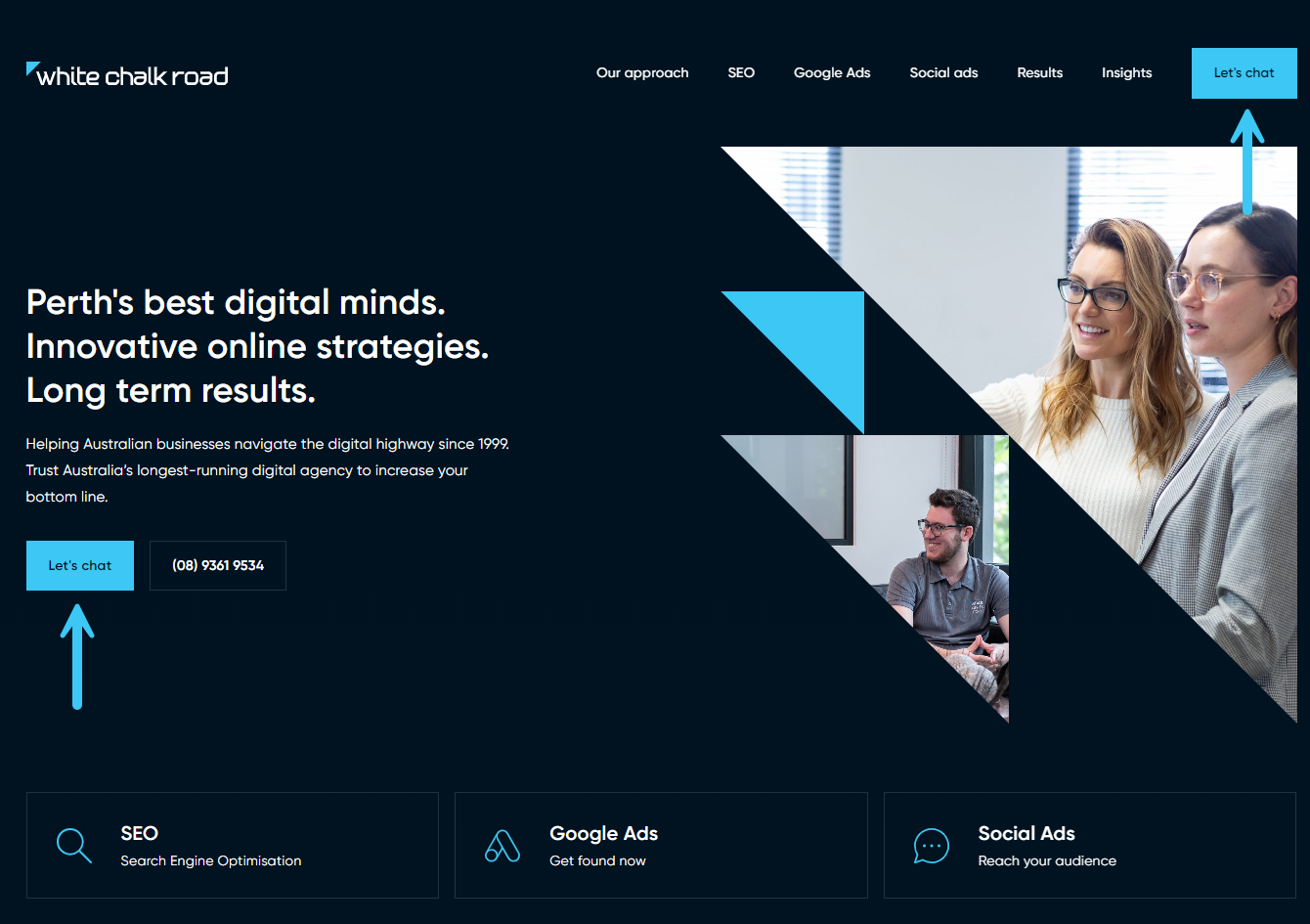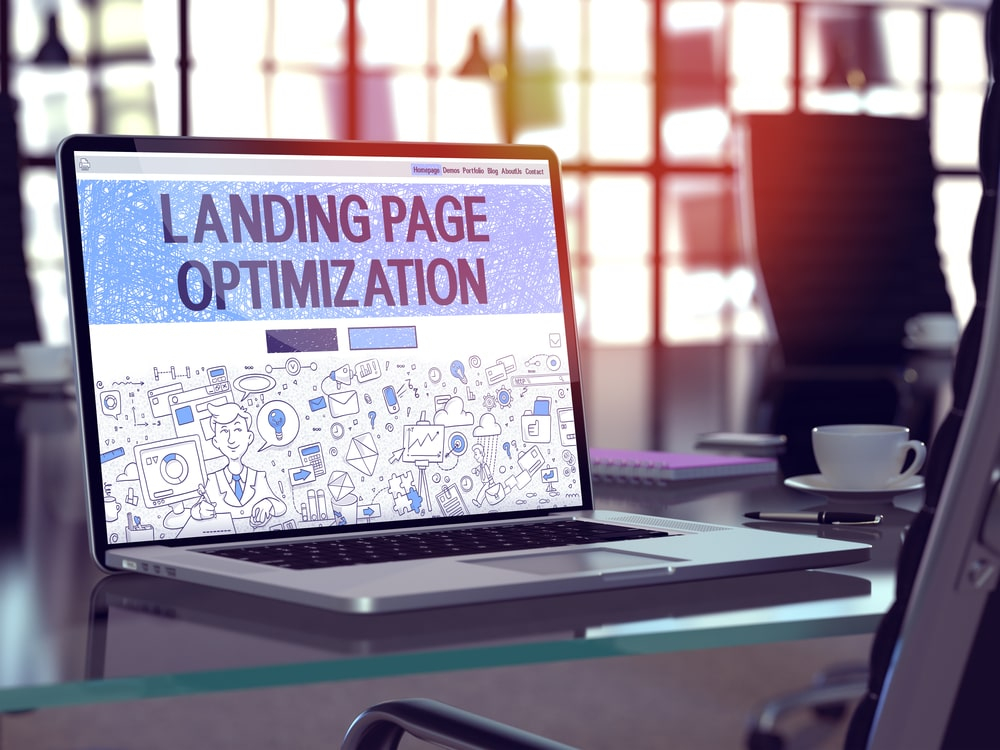
What is a Call to Action?
In marketing, a call to action is commonly known as a CTA. Particularly in the digital marketing world, everyone loves an acronym. Don’t let the acronym scare you though. Call to actions are relatively simple and incredibly important when it comes to effective marketing.
So, what is a call to action? As the name suggests, a call to action is a call to act. Whenever marketing materials are created, there’s ultimately an action you want someone to take.
For example, you might make a poster (your marketing material) for an upcoming charity event for which the event organisers need to sell tickets. The poster will need a message on it saying something like “buy tickets now” or “scan the QR code to buy tickets.” That’s the call to action.

If the poster does not include a call to action, people would only know that there is a charity event and not what to do about it. With a solid call to action in place, those interested in the event know they need to buy tickets to come along.
Secondary CTA
A secondary call to action (CTA) is a second action marketing material can offer potential customers as an alternative action to take. This option is typically less noticeable and prominent than the primary CTA. In the poster example, it might be a website address where potential guests can learn more about the event, e.g., “Learn more: www.whitechalkroad.com.au”.
Website Call to Action – CTA button
Okay, so a call to action is basically a prompt to get your target audience to take an action, but what is a call to action button? Call to action buttons specifically relate to clickable CTAs on a website.
E.g. the “Let’s chat” button on the White Chalk Road home page is a call to action button:

CTA buttons on your web pages should be specific to your business offerings. With effective CTA buttons, website visitors are more likely to take your desired action.
CTA Examples on Websites
Call to action examples on a website do not always have to be buttons. A clickable button does however stand out and typically increase conversions. Conversions are when a user takes your desired action on a web page for example clicking your “call now” CTA button.
Typical call to actions on a website:
- Call now
- Subscribe to our newsletter
- Book now
- Buy now
- Get in touch
- Sign up
- Email us
- Download now
- Donate here
- Add to cart
- Checkout
- Start a trial
If you want to browse more call-to-action copy examples, CTA Examples has a comprehensive library of CTA copy examples for a wide range of call to action topic categories.
The Importance of Call to Action Buttons
Call to action buttons are crucial on a website because they guide your target audience towards your desired action, helping to achieve your business’s goals.
Here are the key reasons why CTAs are important:
Direction for Users: CTAs serve as signposts on a website, telling visitors what to do next. Without clear CTAs, users might feel lost and leave the site without taking any meaningful action.
Increase Conversion Rates: The main objective of a call to action is to transform prospective customers into customers or leads. By designing a compelling CTA, you can significantly increase the chances of converting passive visitors into active participants, thus enhancing the conversion rates.
Enhance User Experience: Good CTAs contribute to a better user experience by providing clear, concise, and relevant instructions. They help users navigate your site and find what they’re looking for. This is also important for SEO because Google prioritises user experience when ranking websites in its search engine.
Measurable Outcomes: With CTAs, we can set up tracking to see when these CTAs are clicked. This means we can measure the effectiveness of SEO and other marketing campaigns. This data is invaluable for optimising strategies and improving performance.
Influence Decision-Making: By using persuasive language and appealing design, CTAs have the power to influence users’ decision-making process and motivate them to interact with the content, product, or service being offered. CTAs can effectively persuade users to take action and encourage engagement.
Basically call to actions are essential for guiding user behavior, enhancing the user experience, improving conversion rates, and ultimately contributing to the success of your website and your business goals.
Call to Action Best Practices on a Website
Make Your CTA Accessible
Ideally, you’ll have multiple CTAs and your most important call to action button so close to the top of each web page on your site that users won’t have to scroll to find it. Even better if you can fix your call to action so that it scrolls down the page with the user as they continue reading, like our “Let’s chat” call to action button on this page.
CTA Copy
Yes, you want simple CTA copy, but you don’t have to fill your website with boring CTAs. You want compelling copy. The best call to action buttons are often conversational but have very few characters or letters. Effective CTAs direct users with a clear verb and in as few words or characters as possible.
For example, on this page, “Let’s chat” is used instead of “enquire now” as the primary CTA, and of course, we also have our phone number as a secondary CTA at the bottom of the web page too.
A/B Test Call to Actions
Put your new copy and clickable button to the test. There’s always room for improvement when it comes to websites. Try a new placement for your call to action button, use a different verb, and do some split testing to see how you can better optimise your website to increase sales.
Put it into Practice
If you’re interested in optimising your website CTA buttons but still don’t know where to start or would like help setting up tracking on your call to action buttons, let’s chat!




